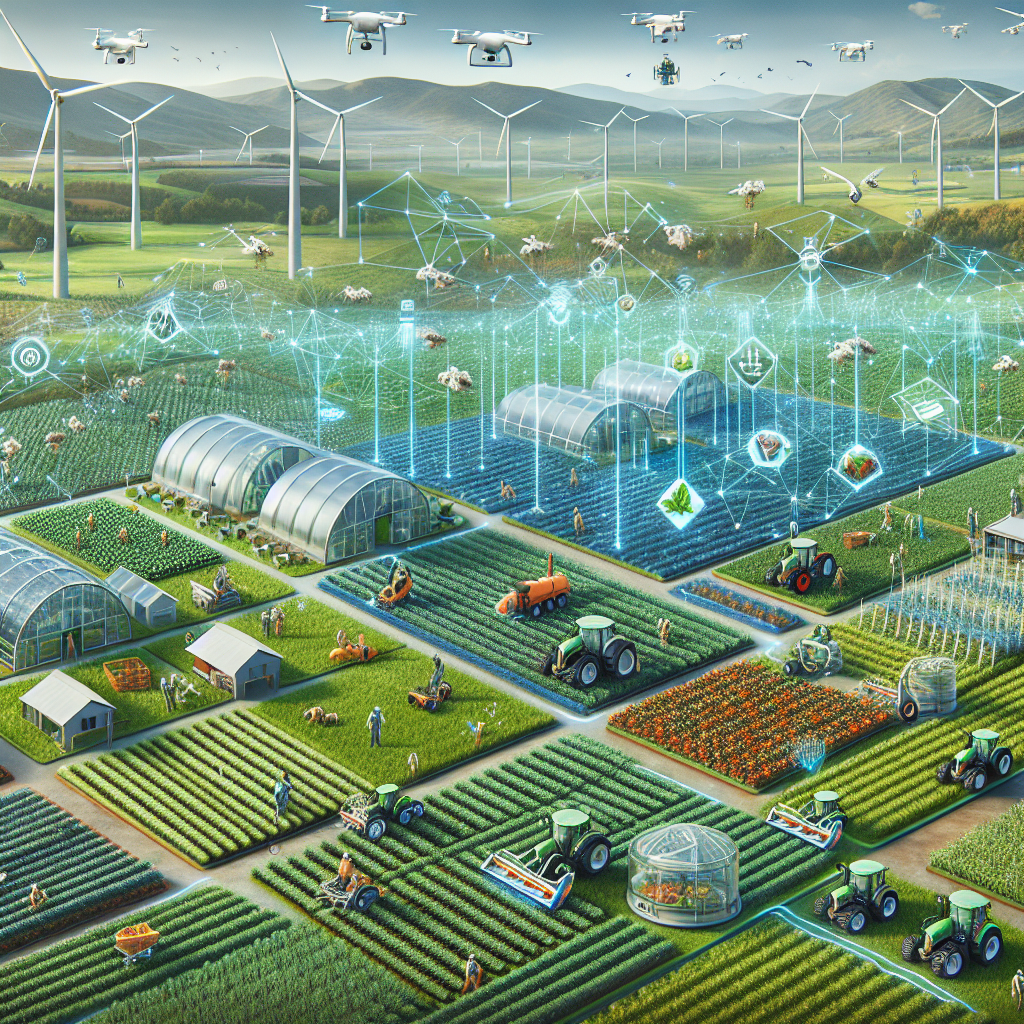India's Agricultural Edge Against US Tariffs: Gulati's Insight
Despite new US tariffs, India could maintain or expand its agricultural exports due to relatively lower duties compared to competitors. Economist Ashok Gulati highlights India's advantage in seafood and rice exports. While short-term setbacks are expected, long-term prospects remain optimistic for Indian exporters.

- Country:
- India
India could preserve or even expand its agricultural exports to the United States, despite the imposition of new tariffs by President Donald Trump. This could happen because other competing nations are subjected to even steeper duties, as noted by renowned agricultural economist Ashok Gulati on Thursday.
The US-imposed 26 per cent 'discounted reciprocal tariff' on Indian goods is expected to have a limited impact on key agricultural exports such as seafood and rice, especially when juxtaposed against the higher duties faced by regional competitors. Gulati, the former chairman of the Commission for Agricultural Costs and Prices, emphasized the importance of considering relative tariff increases compared to competitors.
For instance, while India faces a 26 per cent tariff, China's tariff is at 34 per cent, offering Indian exporters an 8 per cent differential advantage. Other competitors, including Vietnam, Bangladesh, Thailand, and Indonesia, face duties as high as 46 per cent, 37 per cent, 36 per cent, and 32 per cent respectively. The relative tariff advantage is expected to maintain demand for Indian seafood, particularly shrimp, in the US, stated Gulati.
(With inputs from agencies.)
- READ MORE ON:
- India
- agricultural exports
- tariffs
- US
- seafood
- rice
- Ashok Gulati
- shrimp
- trade
- competitors
ALSO READ
Shrimp Trade Shaken: Trump's Tariffs Stir Global Seafood Market
Brice Oligui Nguema Clinches Presidency in Gabon's Controversial Election
Oil Price Plunge: Impact on Global Economies Amid Trump's Tariffs
Karnataka Truckers Gear Up for Massive Strike Over Fuel Price Hike and Toll Harassment
India's wholesale price index (WPI) based inflation eases to 2.05 pc in March against 2.38 pc in February: Govt data.










